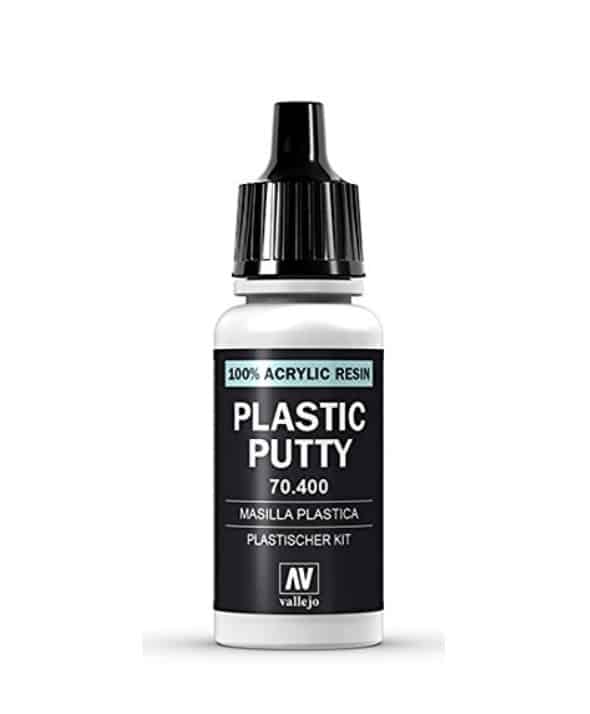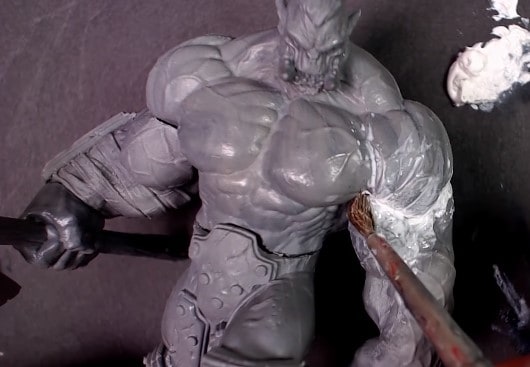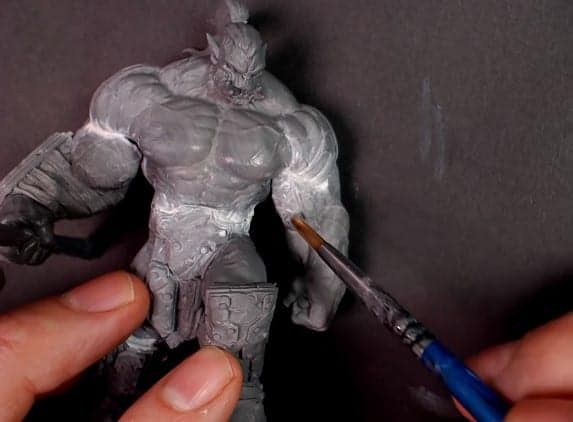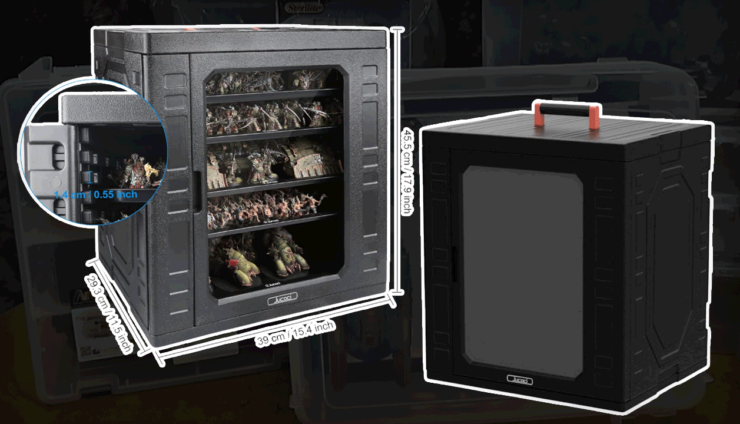Next Level Painting is bringing you some more exclusive hobby tips on how to fill in the gaps on your models and miniatures with Vallejo Plastic Putty!
Updated on April 24th, 2025, by Rob Baer with the latest information, techniques, and links.
So, you’ve got your plastic miniatures assembled, but now they look like they’ve been stitched together by an Ork with a glue addiction. Gaps, seams, and those awkward joins can make even the best models look rough. No worries—Next Level Painting has you covered with a tried-and-true method to fix those eyesores using Vallejo Plastic Putty.
When applied correctly, this stuff works like magic, blending seams like they were never there. No more distracting gaps—just smooth, professional-looking miniatures ready for action! Grab an old brush and some water, and here how to get those models looking seamless and ready for paint.
Mastering the Art of Filling Gaps on Your Models & Miniatures
Kenny Boucher is here to walk you through the best way to handle those stubborn cracks in plastic and resin miniatures. Let’s get straight to it because no one wants their painstakingly crafted figure to look like it’s held together with hopes and dreams.
The Right Tool for the Job

Getting Started


Blending It In


The Orc Warlord Challenge

After applying the Plastic Putty and working it into the seams, the key was letting it dry completely before refining the surface. A light sanding pass and another quick application of diluted putty helped smooth everything out. The result? A seamless look that will paint up beautifully.
Final Thoughts on Gap Filling for Miniatures
If you’ve ever looked at your miniatures and felt frustrated by glaring seams, Vallejo Plastic Putty is your new best friend. The key to success is layering, smoothing, and sanding. Taking your time at this stage will pay off when you get to painting, ensuring that every detail pops without distractions from unsightly gaps.
So next time you’re assembling a large model, don’t let those seams ruin your work. With the right technique and a bit of patience, you’ll get a result that looks professional, polished, and ready for the battlefield. Happy painting!
Get Your Vallejo Plastic Putty Here!
Will you be using Vallejo Plastic Putty the next time you try to fill your gaps?


